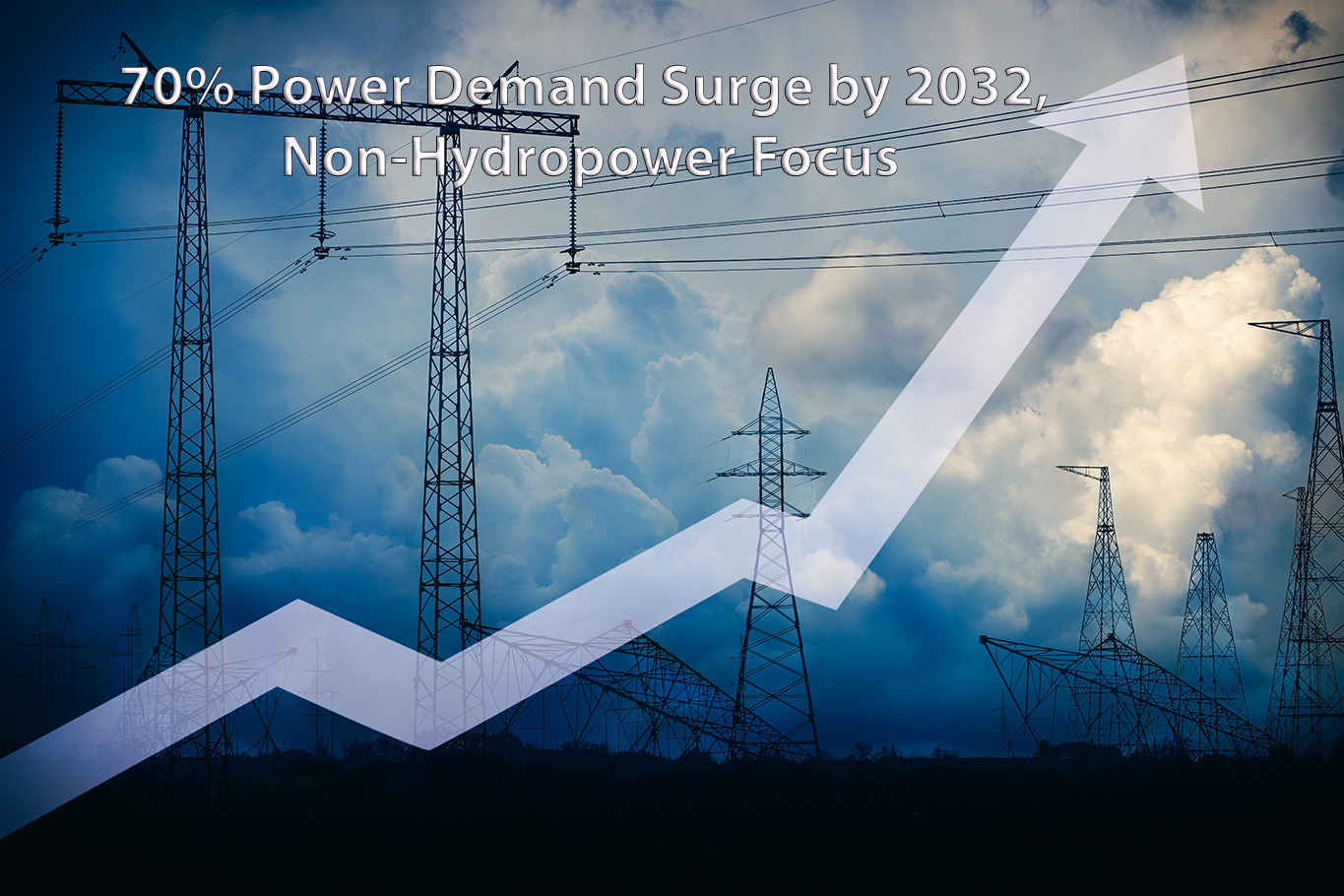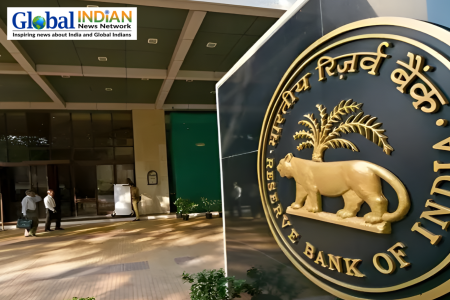
The forthcoming decade is poised to witness a significant surge in India’s power demand, driven largely by non-hydropower renewable sources. A recently published report highlights that this growth is expected to surpass 70%, marking one of the most substantial increases among the world’s leading energy producers.
The study, conducted by BMI, a division of the Fitch Group, underscores that India’s energy landscape will maintain a substantial reliance on coal-based power generation, with coal continuing to dominate the energy mix up until the year 2032.
Furthermore, the report underscores the pivotal role of non-hydro renewable energy in India’s energy portfolio, predicting that it will constitute a substantial 16.9% of the total energy generation by 2032. This emphasis on renewable sources is essential not only for meeting the escalating power demands but also for addressing environmental concerns.
The driving force behind this expansion in power generation is the anticipated, considerable long-term growth in electricity demand. This growth trajectory is expected to ensure the fulfillment of power consumption needs, with electricity usage projected to increase at an average annual rate of 4.9% until 2032. Factors contributing to this surge include population growth, urbanization, and heightened demand from sectors such as manufacturing, construction, and services, as outlined by BMI.
Official statistics report that India’s energy requirement for FY23 reached a staggering 1,511,847 million units, underscoring the nation’s ever-increasing reliance on a robust and evolving energy sector to meet its growing needs.













